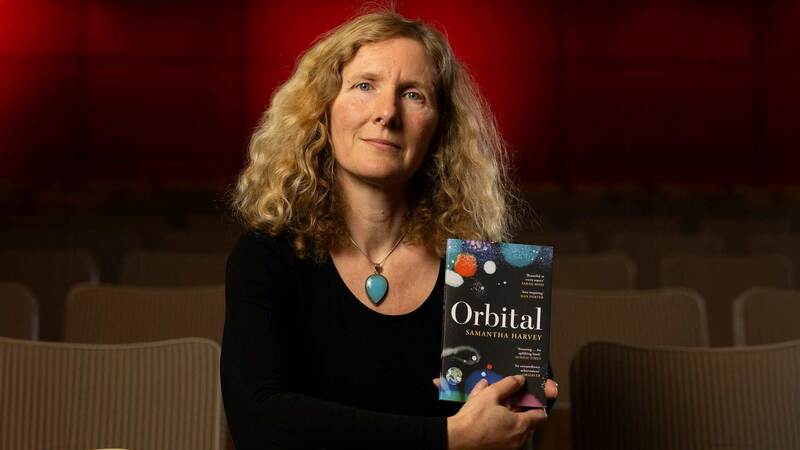You are viewing your 1 free article this month. Login to read more articles.
Bumps on the Road to Translation
Tonke Dragt’s The Letter for the King and its sequel, The Secrets of the Wild Wood, which I recently translated for Pushkin Press, are set in a fictional version of a medieval Europe complete with princes, battles, castles, wars, feuds and knights-errant. These elements are equally familiar – and distant – to young Dutch and English readers. The themes are universal ones, such as friendship and honour, so young readers can slot themselves into the book and find that the characters and events feel familiar even though they’re set in a past that’s long ago and entirely fictional. Such familiarity can ease a book’s journey into another language.
Unfamiliar concepts can be fascinating and it’s always fun to learn about new things but I think it’s important for a children’s translator to aim to provide a similar reading experience as the original without sacrificing the interesting aspects of the other culture. Perhaps a new concept or idea will have to be explained a little so that the reader understands, for example, who “Sinterklaas” is. I’d never go so far as to substitute cheddar for gorgonzola or gouda, for example, but I do think the translator can help to smooth out a few of the “bumps” for younger readers and, by doing so, keep closer to the spirit of the original.
When I was six, or thereabouts, I read a book about an old lady called Oma who got up to all sorts of antics. She seemed to be a grandmother, but she wasn’t acting like one. By the time I realised Oma was probably gran in another language, I’d lost track of the plot. I don’t think I ever did finish the book. An explanation or translation to solve the puzzle of Oma might have helped.
Most of the names in The Letter for the King and Secrets of the Wild Wood were invented by the author. The main characters, for instance, are called Tiuri and Piak. So, generally, the names worked equally well in the English translation. I did tweak a couple, though. Sir Fartumar, is now Sir Fantumar, to avoid any suggestion of flatulence. The Dutch "ij" sound could be tricky for English readers and might slow the flow of the story, so Sir Ewijn became Evan.
Books set in another world or an unfamiliar past will probably have an easier journey along the road to translation. They’re already “foreign” to the original author, so new concepts are explained through the storytelling and the translator’s job maybe easier.
Then there are the real world stories. Hidden Like Anne Frank by Marcel Prins and Peter Henk Steenhuis presents accounts by young Jewish people who went into hiding and survived the war. Some of the history may have been new to a young Dutch audience, so clarification was provided in both the Dutch and English versions of the book. Soldier Bear by Bibi Dumon Tak, which I translated for Eerdmans Books for Young Readers, is based on a true story about a bear who became the mascot of a bunch of Polish soldiers during the Second World War and lived out the rest of his days in Edinburgh Zoo. That’s the kind of book that crosses borders quite smoothly.
Realistic, modern stories set at school, on the other hand, are popular everywhere, but tend to contain references to pop culture and to different school systems. If you explain tricky parts that are self-explanatory in the original, it can dilute the story. The Sugababes aren’t the same as K3, and Exeter isn’t Eindhoven.
Rhyming books and children’s poems come with their own problems. They’re tricky to place with English-language publishers as an author, but have double the struggle in translation, as the translator needs to craft a similar story to the origina, but using English rhymes. Picture books also offer challenges, with visual and linguistic puns to bear in mind. On the whole, though, I don’t agree with these books and websites featuring lists of “untranslatable” words. If it’s a human concept or experience, it can make the journey from one language to another. You just might have to use more words to get there.
Of course, The Letter for the King and The Secrets of the Wild Wood have long been classics in their home country of the Netherlands and far beyond. Now that they've finally been translated into English, I hope that their English incarnations will stay in print for many, many years and join the ranks of some of our favourite children's classics in English translation. Here are my top five children’s classics in English translation:













